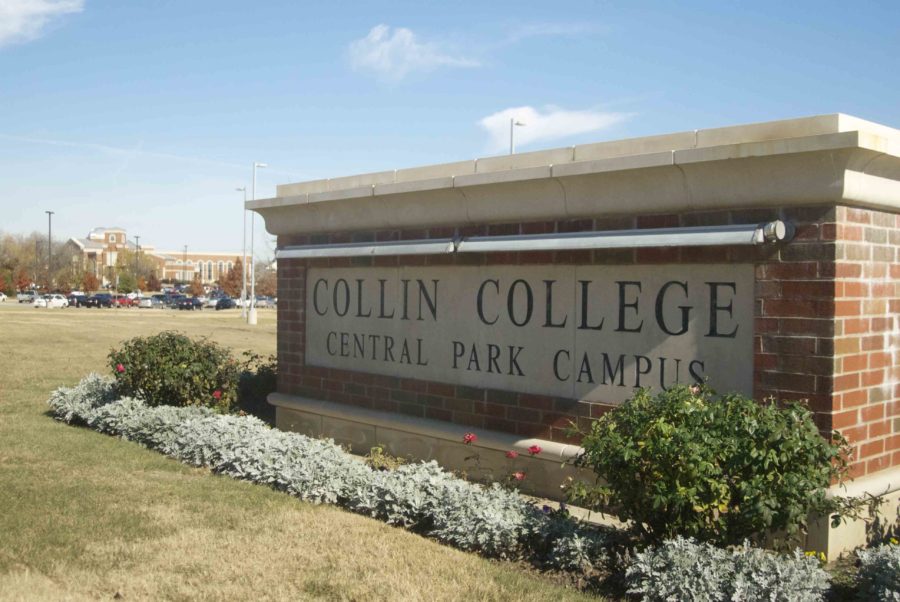College credit, high school setting
The dual credit program offers students the opportunity to earn college credit by taking college classes either at Collin College or on campus.
December 4, 2013
With next semester fast approaching, some students on campus are looking into schedule changes. While most of those students will have to wait until January, seniors interested in taking dual credit classes are running out of time as the paperwork needed to sign up for the program is due Friday. Unlike AP courses that are a high school class that can lead to college credit via an end of the year exam, the dual credit program is different.
“Dual credit helps students gain a feel of the college classroom,” college and career counselor Addison Snyder said. “There are no retakes, no late work. It is a true college setting. Also, it allows students to write more. In college, most of your assignments involve writing – essays or responses to articles – so it gives good preparation for the college class environment.”
In addition to saving students time in college, dual credit classes can also lead to a financial savings.
“The prices of those classes are really really low compared to the price of paying for those same credits once you go off to college,” guidance counselor Lance Hendrick said. “The monetary reason is a big part of why kids choose to take dual credit.”
Dual credit also allows students the opportunity for an off campus period each day.
“The schedule for dual credit is one class Monday/Wednesday/Friday and the other Tuesday/Thursday,” senior Garrett Northcutt said.
The schedule allows either early release or more time to sleep.
“Students either get 1st and 2nd period for dual credit and get to come in a little bit later some days or 7th and 8th off and are allowed to leave campus early,” Hendrick said.
Dual credit participants are on a college schedule, which can sometimes be advantageous, and other times more difficult.
“My classes end December 4th and don’t start until January 21st because of Christmas break,” Northcutt said. “Plus all dual credit gets out at the beginning of May, so for the last month of senior year you don’t have those classes. On the other hand, some off days for the high school aren’t on the dual credit calendar so sometimes you have to come in to school while everyone else gets to stay home.”
While both dual credit and its alternative, the AP course, are similar in their mission of college preparation, they differentiate in many areas.
“AP courses are the same throughout the country because all students take the same AP test in May,” Snyder said. “Dual credit can vary from college to college and from professor to professor.”
The process of being awarded credits also varies.
“Dual credit is guaranteed college credit if a student passes the course,” Snyder said. “In an AP course the student must earn a certain score on the AP exam in order to get credit and whether or not they get credit will depend on which college they are choosing to attend.”
The choice between AP and dual credit classes is ultimately up to the student, and what fits their needs.
“It’s a case by case, student by student choice,” Hendrick said. “How well they do on AP Exams and in those classes, what type of course they’d like to take, and where it is that they want to go to college, and the requirements for that school.”





